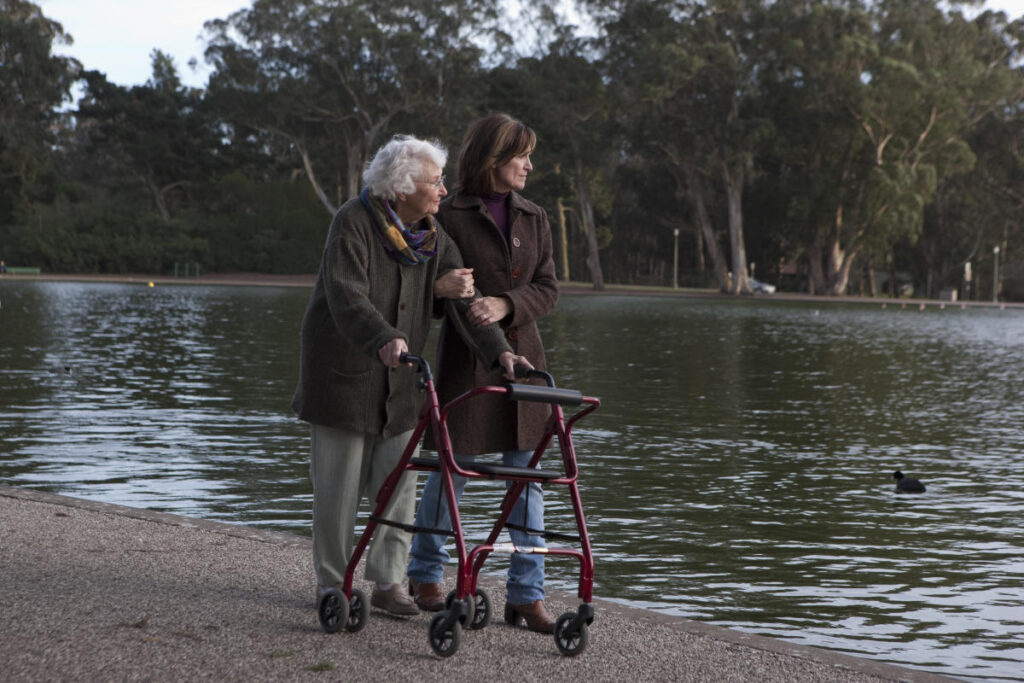The dilemma of how much one is willing to pay to keep a loved one at home during their declining health is starkly illustrated by the experience of my stepmother-in-law. Earlier this year, after my father-in-law suffered a debilitating heart attack, she faced the challenging decision of bringing him home for care despite the financial drawbacks. Medicare does not cover long-term care, which poses a significant burden since all expenses for home health aides had to be borne from her savings. With in-home care averaging $30 per hour, the potential costs quickly escalated, and at nearly $20,000 a year for even minimal assistance, the burden was intense. Initially, my stepmother-in-law arranged for aides just two days a week, while she took on most responsibilities, but as the situation intensified, the frequency increased, ultimately leading to expenses of about $4,000 a month before my father-in-law’s passing in March.
Vice President Kamala Harris’s recent proposal for Medicare to cover at-home care could have significantly altered this heavy financial landscape. By alleviating some financial burdens, this initiative could have provided vital assistance to families going through difficult times, allowing them to focus on what truly matters—the wellbeing and dignity of their loved ones. Harris highlights the importance of independence and dignity in caregiving, proposing to finance this coverage through savings from an expansion of Medicare drug price negotiations. Such measures could change the lives of families facing the emotional and financial strain of caregiving.
As the population ages, the need for effective long-term care is expected to rise dramatically, particularly as the baby boomer generation begins to enter their 80s. Current statistics indicate that about 70% of individuals will require some form of care as they get older, with demands increasing significantly in their 80s. The realities of long-term care reflect sobering truths: most Americans are unprepared for the financial implications since Medicare does not cover long-term care. Medicaid, while offering coverage, is limited to low-income individuals with few assets, and most people lack long-term care insurance due to its prohibitive cost and complexity. This lack of preparation can place large sections of the population in dire situations, creating challenges for both caregivers and their loved ones.
Moreover, the financial and emotional burdens often fall primarily on family members who step in to provide care. Nearly 48 million adults in the U.S. are family caregivers, and many juggle full-time jobs alongside their caregiving responsibilities. Not only do caregivers contribute significant time—often 20 hours or more each week—but they also spend substantial amounts of their own money, averaging $7,242 annually on care-related expenses. This added financial pressure often leads to severe emotional and mental stress for caregivers, with many sacrificing their careers, which can lead to significant earnings and retirement losses. The toll of caregiving cannot be understated, as many caregivers report deteriorating mental and physical health, underscoring the need for proper support systems.
For those like my stepmother-in-law, paid help can make a world of difference. For example, having an aide allowed her to manage her own life amidst her caregiving responsibilities, providing essential breaks and time for personal care. Unfortunately, in her case, my father-in-law passed away within months of his heart attack, which emphasized the fleeting nature of life and the need to cherish every moment. Their time together at home during his final weeks was described as a blessing, highlighting the importance of quality over quantity in the context of caregiving. This experience propelled discussions about policies that could better support families facing the financial hardships of long-term care.
Overall, Harris’s proposal to extend Medicare coverage for in-home care represents a crucial step towards addressing the growing demand for long-term care among aging adults. By creating safeguards for families, we can ensure that they are better equipped—both emotionally and financially—to manage the challenges ahead. In the face of the aging population and the looming caregiving crisis, health policy reforms that provide necessary financial relief and support for families are not only timely but essential. The hope is that more families can receive assistance that allows them to spend quality time with their loved ones, preserving the dignity and care that every aging individual deserves as they navigate the final stages of their lives.

